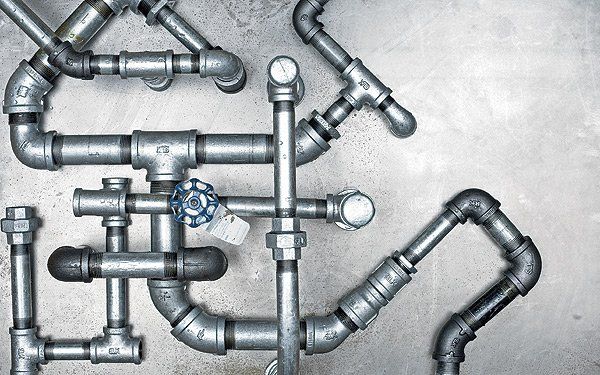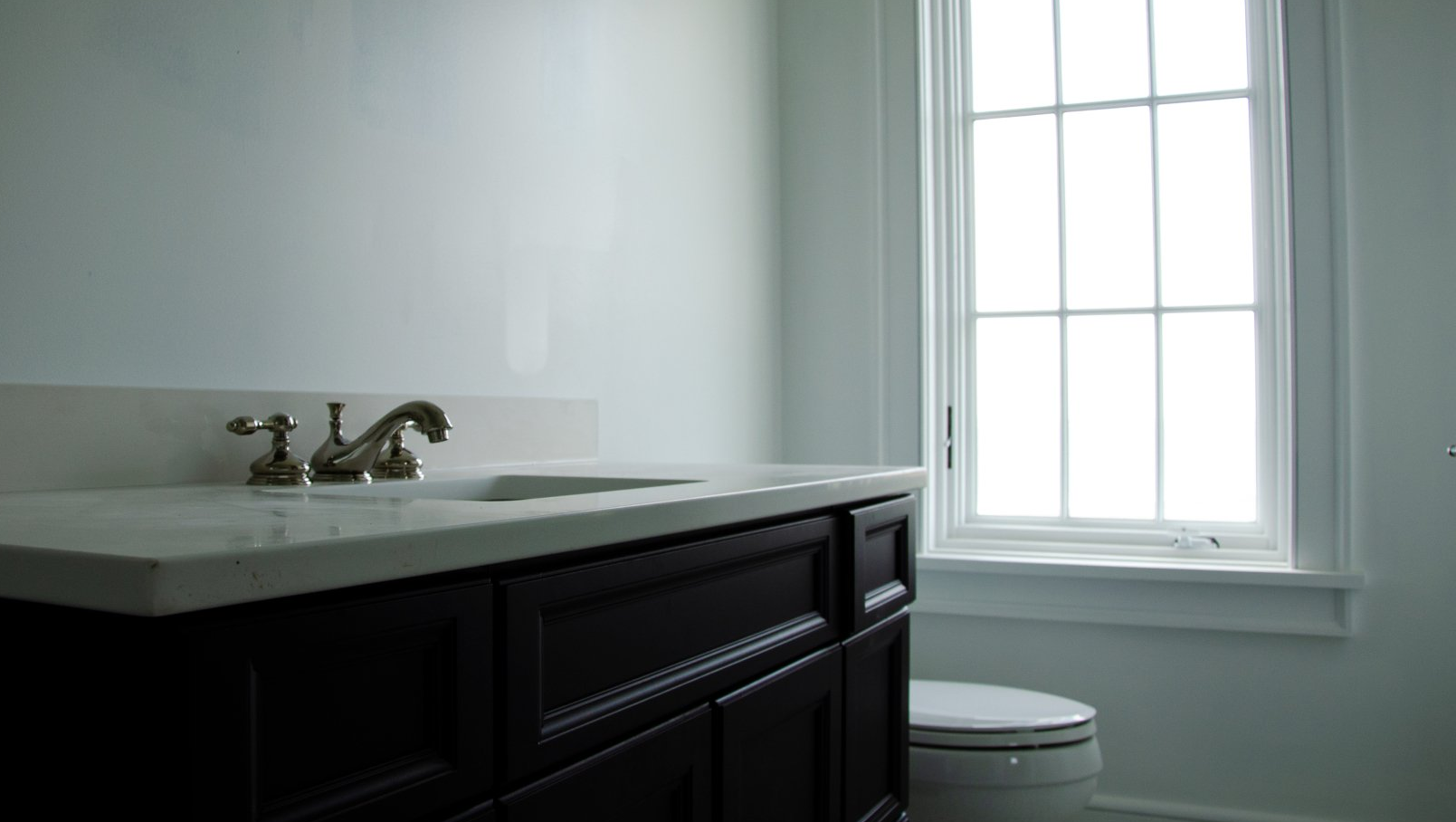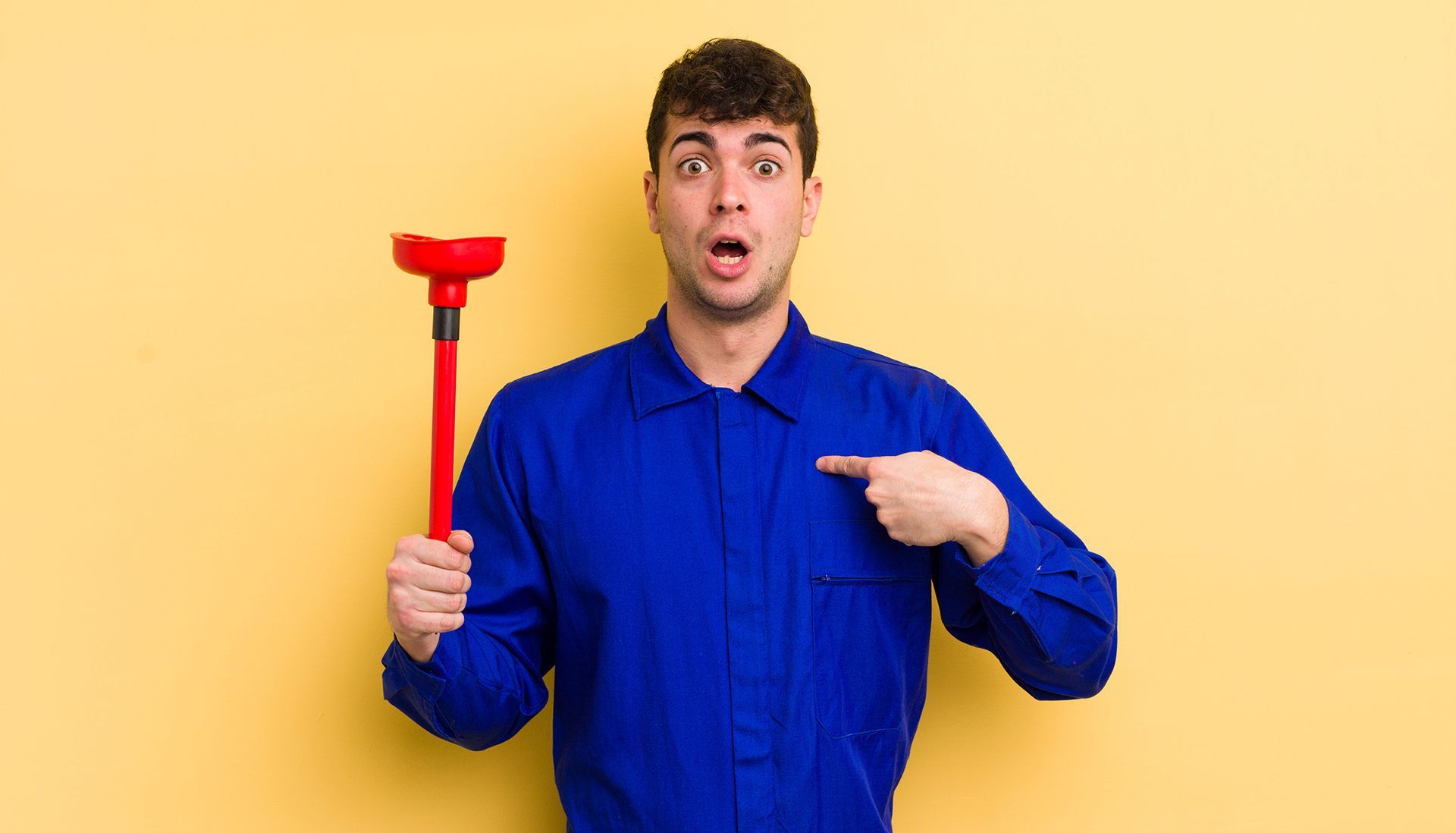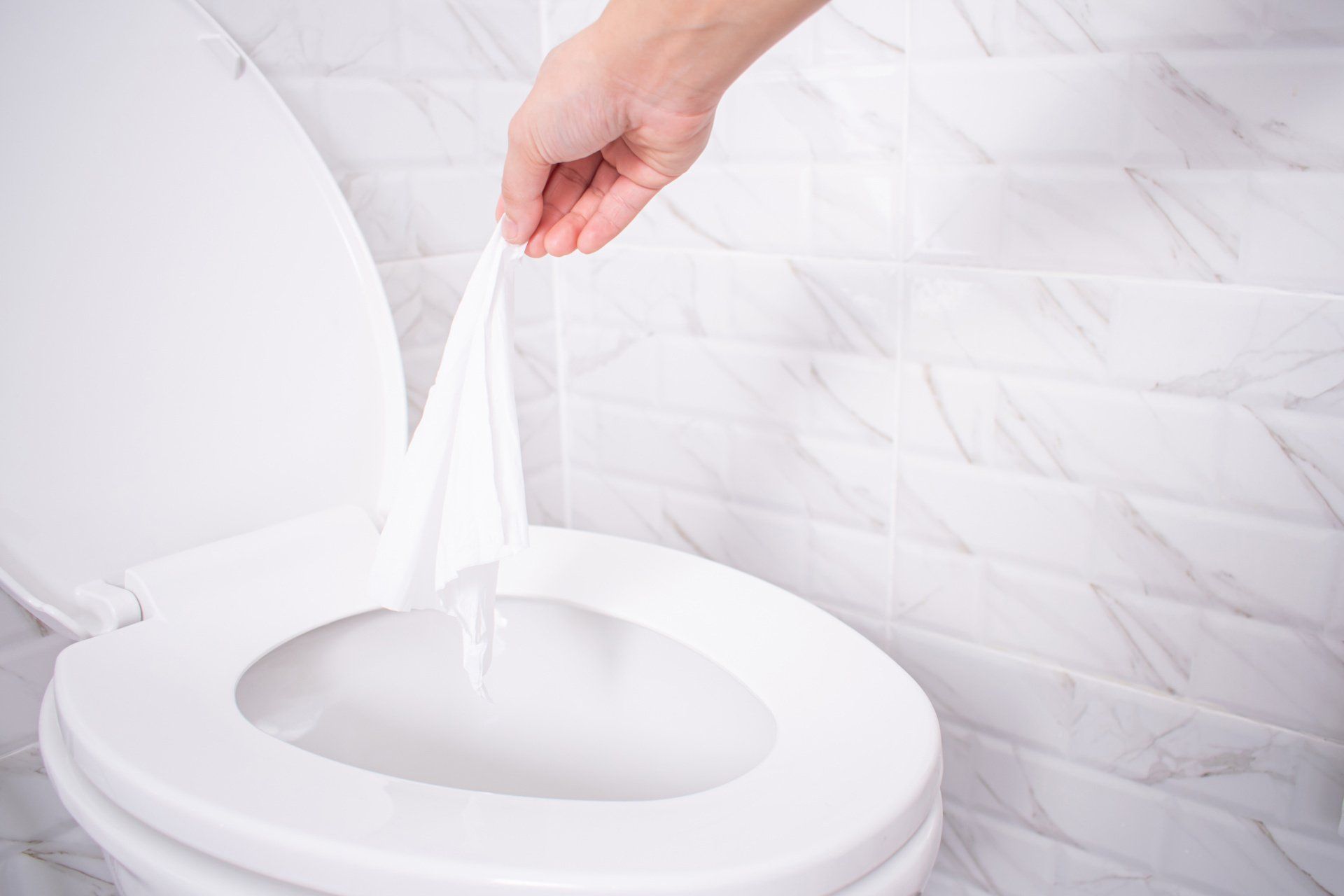The Three Most Common Plumbing Problems That Are Out Of Your Control
netGALAXY Studios • May 27, 2021
Here are three common ones that we've encountered:

The three most common plumbing problems that are out of your control
You’ve probably heard all about the various things to not flush down your toilet, as well as all the various items to not drop down your garbage disposal. And you may think that, if you simply use common sense and logic, you can avoid major problems with your plumbing.
The reality is, there is a multitude of potential issues with your plumbing that you simply cannot control- and that we can help with.
Here are three common ones that we’ve encountered:
Your toilet clogs simply due to frequent usage
Sometimes, a toilet that clogs due to overuse isn’t the result of negligence, but rather its mileage. Naturally, when things that don’t belong in the pipes get flushed down the toilet, the likelihood of a backup (and thus, a clogged toilet) increases, but toilets can sometimes clog as a result of being used to flush what does belong in them too many times.
If you’re having a party with a large number of people over, or if you’re a landlord of an office building, the chances are that your toilets are going to be used quite a bit. Every time that something is flushed down the toilet, there are varying degrees of the likelihood that the flushed contents could potentially get stuck in the pipes.
The likelihood depends on both the nature of the object and the quantity of it that was flushed. But when a large enough amount of the things that were meant to get flushed build up in the pipes in a short enough time span, it could clog your toilet to a point where it simply cannot be fixed with a plunger.
Tap water comes out rusty
One small way to at least help mitigate the possibility of rusty tap water is to perform fairly routine checks on any pipes that may be visible in your basement or outside your house. But this is in no way a bulletproof plan to stop this rather unsightly, and dangerous, occurrence.
In some cases, the rust is caused by something you don’t know about. Most pipes are either underground or somewhere that the common man or woman cannot see on his or her own. Those pipes can rust, too, and they are a frequent cause of rusty tap water.
With that said, there are several potential causes for rusty tap water that don’t involve pipes at all. Sediment in the water could do it. This can be caused by any number of variables, each of which is out of the control of most people. Some type of accidental damage from construction could also do it, or a breach of the water main, and these things are generally not noticeable by a homeowner or landlord.
Low water pressure stemming from faulty fixtures
As is the case with most appliances, fixtures such as faucets, showerheads, or nozzles tend to not perform as well when they’re older and have been used a certain number of times. Sometimes, faulty fixtures simply need to be replaced with new ones, and there’s nothing you can do to avoid that.
On the other hand, sometimes there are quick potential fixes to this.
Sometimes, merely cleaning the aerator or the screen will resolve the issue and result in satisfactory water pressure after just a few moments of manual labor. In these cases, though, if the problem persists, it may still be time to consider purchasing a new fixture, as having to repeatedly try to fix a nozzle or faucet could be a sign that its days are numbered.
You might also like

In today's world, where environmental sustainability is becoming increasingly important, homeowners are seeking ways to make their homes more eco-friendly. While plumbin g may not be the first thing that comes to mind when thinking about energy efficiency, it plays a significant role in creating a greener home. In this blog post, we will explore energy-saving plumbing solutions that can help you reduce water waste, conserve energy, and make your home more environmentally friendly. I. Low-Flow Fixtures: One of the easiest and most effective ways to conserve water is by installing low-flow fixtures throughout your home. Low-flow faucets, showerheads, and toilets are designed to use significantly less water without sacrificing performance. These fixtures can reduce water consumption by up to 50% compared to traditional ones. Upgrading to low-flow fixtures is a cost-effective solution that not only helps the environment but also lowers your water bills. II. Water-Efficient Appliances: Another plumbing solution that can contribute to energy savings is opting for water-efficient appliances. Choosing appliances, such as dishwashers and washing machines, with a high Energy Star rating ensures that they use less water and energy with each use. These appliances are designed to operate efficiently while still providing excellent performance. Upgrading to water-efficient appliances not only reduces your environmental footprint but also helps you save on your utility bills in the long run. III. Efficient Water Heater: Your water heater can account for a significant portion of your overall energy consumption. To improve energy efficiency, consider installing a tankless or on-demand water heater. These systems heat water only when it is needed, eliminating the standby heat loss associated with traditional tank-style heaters. Tankless water heaters provide hot water on demand, reducing energy waste and ensuring you never run out of hot water. Additionally, insulating your water heater and pipes can further improve energy efficiency by minimizing heat loss. IV. Greywater Recycling: Greywater recycling is a sustainable plumbing solution that involves reusing water from sinks, showers, and laundry for non-potable purposes such as irrigation or toilet flushing. By diverting greywater, you can significantly reduce water consumption and minimize the strain on freshwater resources. Implementing a greywater recycling system requires professional expertise, but it can offer substantial long-term benefits for both the environment and your water bills. V. Rainwater Harvesting: Harvesting rainwater is an effective way to conserve water and reduce reliance on municipal water supplies. Installing rain barrels or a more elaborate rainwater harvesting system allows you to collect rainwater from your roof, which can then be used for outdoor irrigation or other non-potable purposes. Utilizing rainwater reduces the strain on municipal water sources during dry spells and contributes to water conservation efforts. VI. Regular Maintenance: Regular plumbing maintenance is essential for maximizing energy efficiency and preventing water waste. Inspect your plumbing system for leaks, dripping faucets, or running toilets and fix any issues promptly. These seemingly minor issues can waste significant amounts of water and increase energy usage over time. Conclusion: By implementing these energy-saving plumbing solutions, you can create a greener and more sustainable home while also reducing utility bills. Consulting with a professional plumber for advice on low-flow fixtures, water-efficient appliances, and other eco-friendly options tailored to your home's needs is highly recommended. Embracing these energy-saving plumbing solutions not only benefits the environment but also enhances your comfort, lowers your expenses, and contributes to a more sustainable future.


